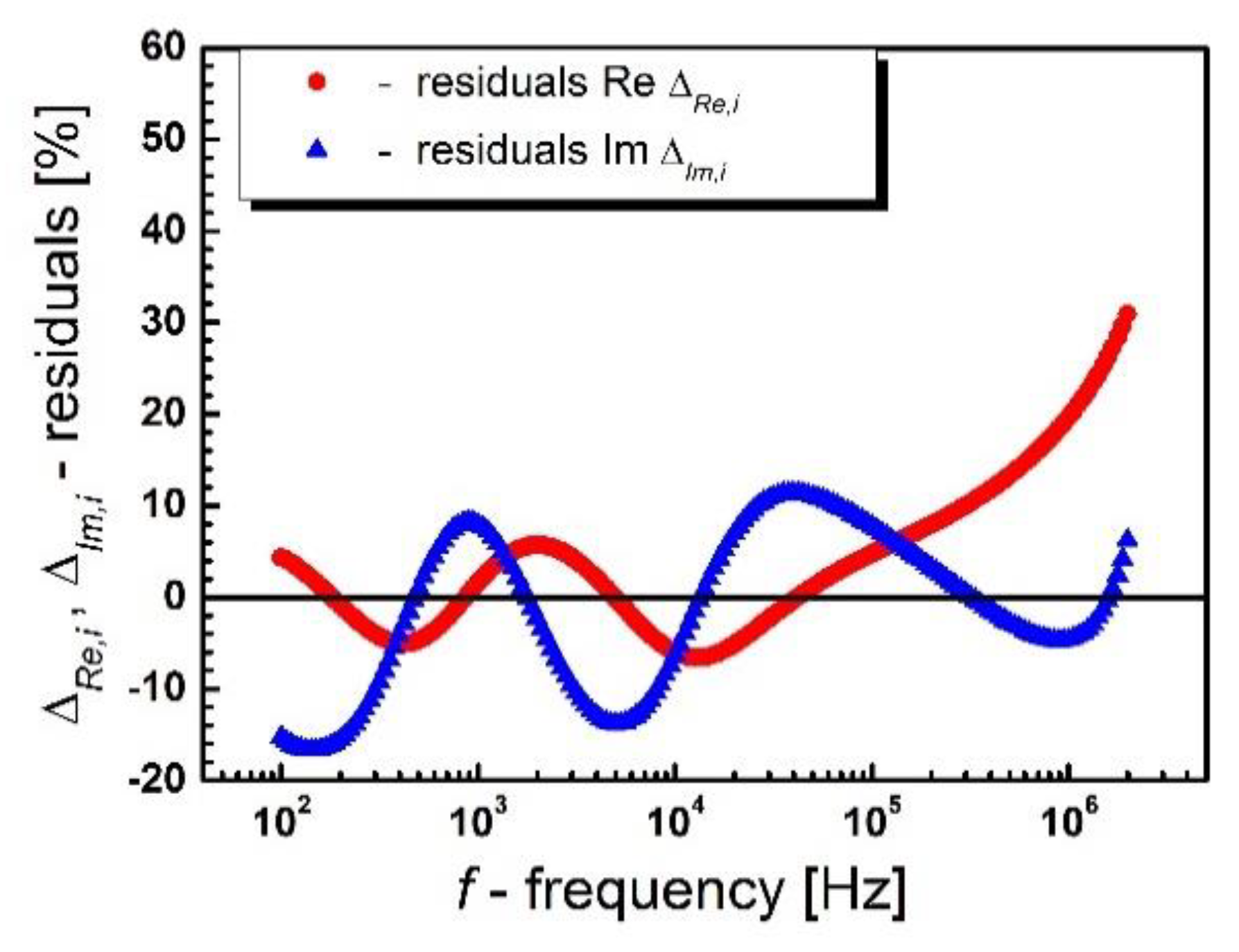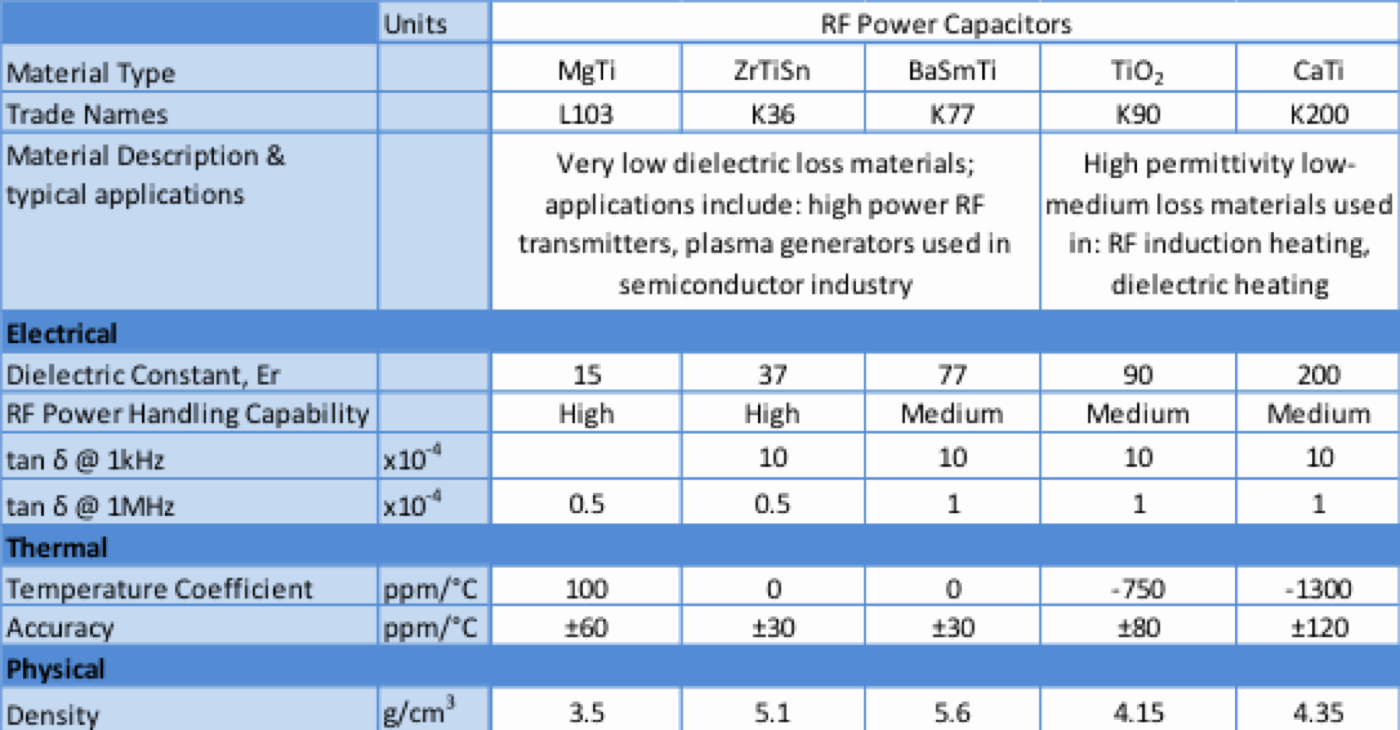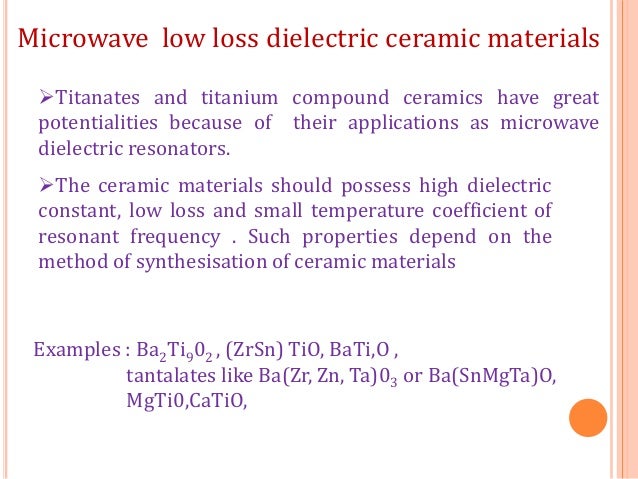Additionally their high frequency and thermal performances are compared with the other substrate material options such as high sintering temperature ceramics and polymers and further improvements in materials.
Low loss dielectric ceramic materials and their properties.
These dielectrics also tend to have high breakdown voltage limits as well.
Ceramic international 40 14655 14659.
Proceedings of ieee international conferenceon properties and applications of dielectric materials 2 757 760.
The three important characteristics of an ideal low loss dielectric material are application optimised value of relative permittivity 1r low dielectric loss loss tangent.
These materials all have low dielectric loss in common which prevents them from heating in the rf field.
Si 3 n 4 ceramic presents a dielectric loss tangent of about.
Properties of microwave ceramics depend on several parameters including their composition the purity of starting materials processing conditions and their ultimate densification porosity.
In this review the data for all reported low loss microwave dielectric ceramic materials are collected and tabulated.
St sintering temperature in oc r relative permittivity f 0 measurement frequency in ghz τ f coefficient of temperature variation of resonant frequency in ppm oc no.
A lower dielectric loss tangent of about 0 001 0 002 is observed in the aln ceramic than in the si 3 n 4 ceramic.
The commercially available ltccs low loss glass phases and researched novel materials are listed with properties and references.
List of low loss ceramic dielectric materials and their properties.
The material chosen for the buffer layer is a dielectric such as ptfe polypropylene silicone or polyamide.
List of low loss ceramic dielectric materials and their properties abbreviations.









